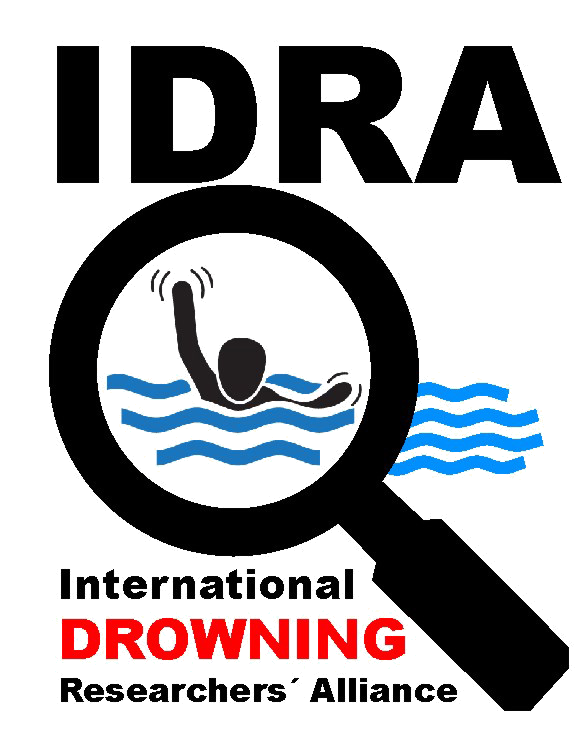
Measuring the Burden
Measuring the Burden
Drowning is a serious public health threat claiming 372,000 lives each year worldwide, nearly 40 people per hour every day. Over 90% of these deaths occur in low and middle-income countries, which leads to under-reporting, since many of the drowned persons never make it to a hospital (WHO, 2014). Even in high-income countries, epidemiologic data accounts for only 6% of drowning persons because death and hospitalization statistics exclude many nonfatal drowning patients. Additionally, drowning deaths due to disasters are not included, and many death certificates register the consequence of drowning as the cause of death. Despite having major social and economic impacts drowning has been neglected for several decades. These factors, among others, underestimate the true global burden of drowning, and reduce the global attention given to funding, research, and prevention.
The first steps in addressing the underreporting of drowning have recently been taken. These include the adoption of uniform definitions, recognition of effective prevention measures, and a uniform classification and registration system. However, improved standardized data collection is needed.
What data should be collected?
- Data regarding preparedness actions
- Type of action
- Number of participants
- Demographic information of participants
- Duration of action
- Data regarding preventive actions
- Type of action
- Number of participants
- Demographic information of participants
- Duration of action
- Data regarding rescue attempts
- Age and gender of the victim
- Location, environmental conditions, activity/cause of the incident, clothing worn
- Data regarding mitigation, treatment and recovery
- Resuscitation, oxygen therapy and other treatments attempted
- Data on morbidity and characterization of victims with morbidity


